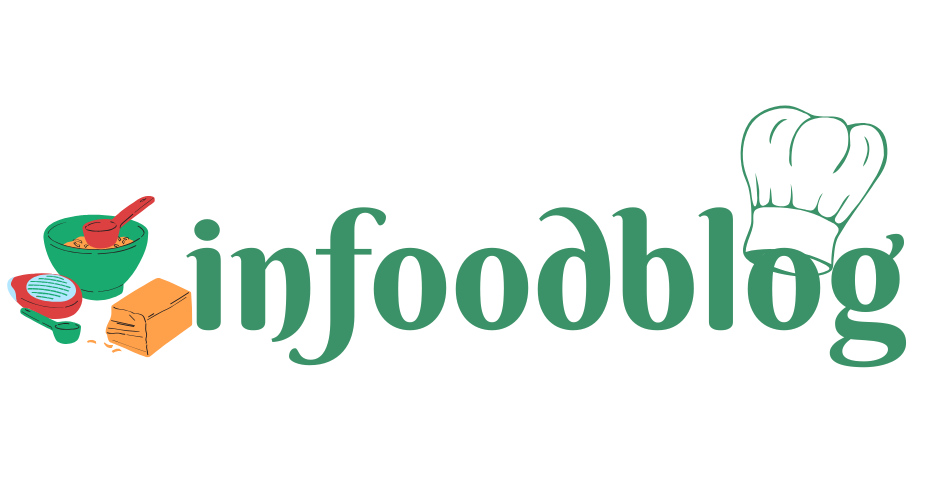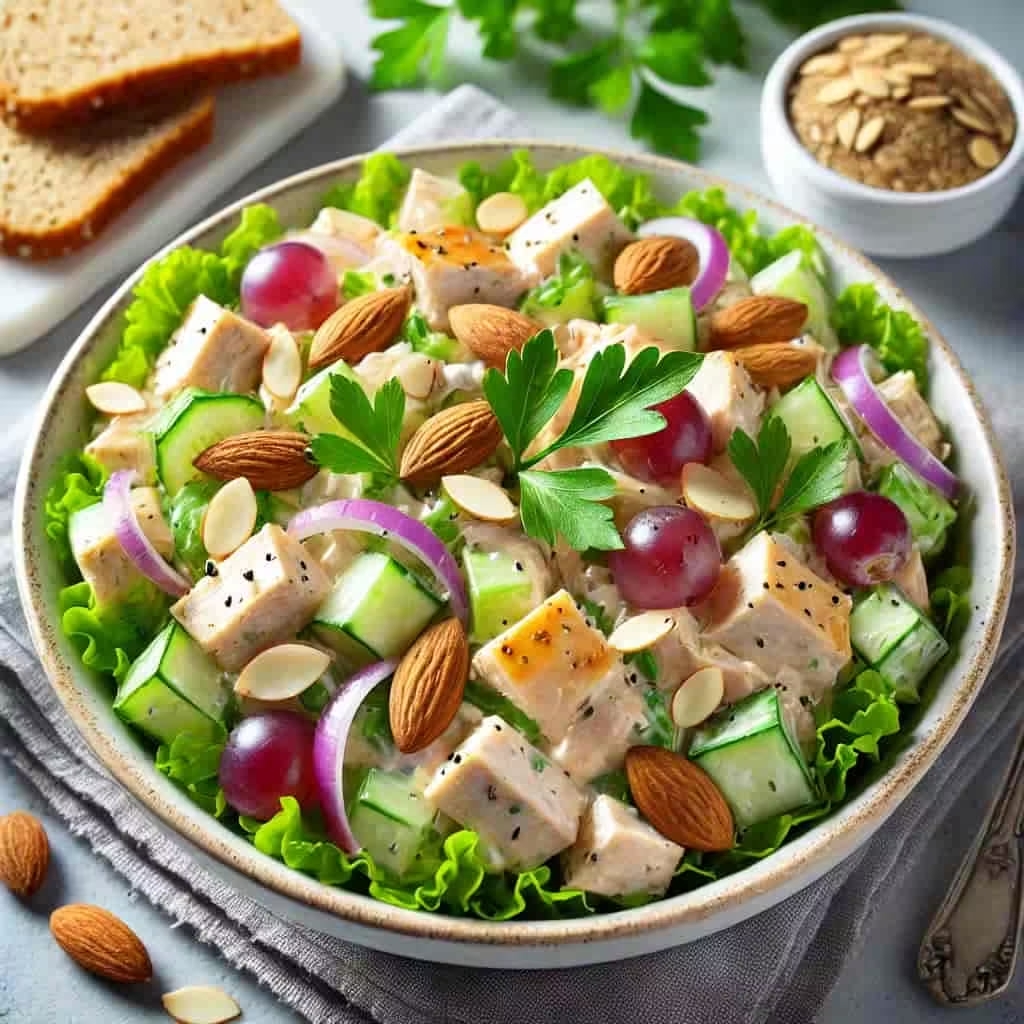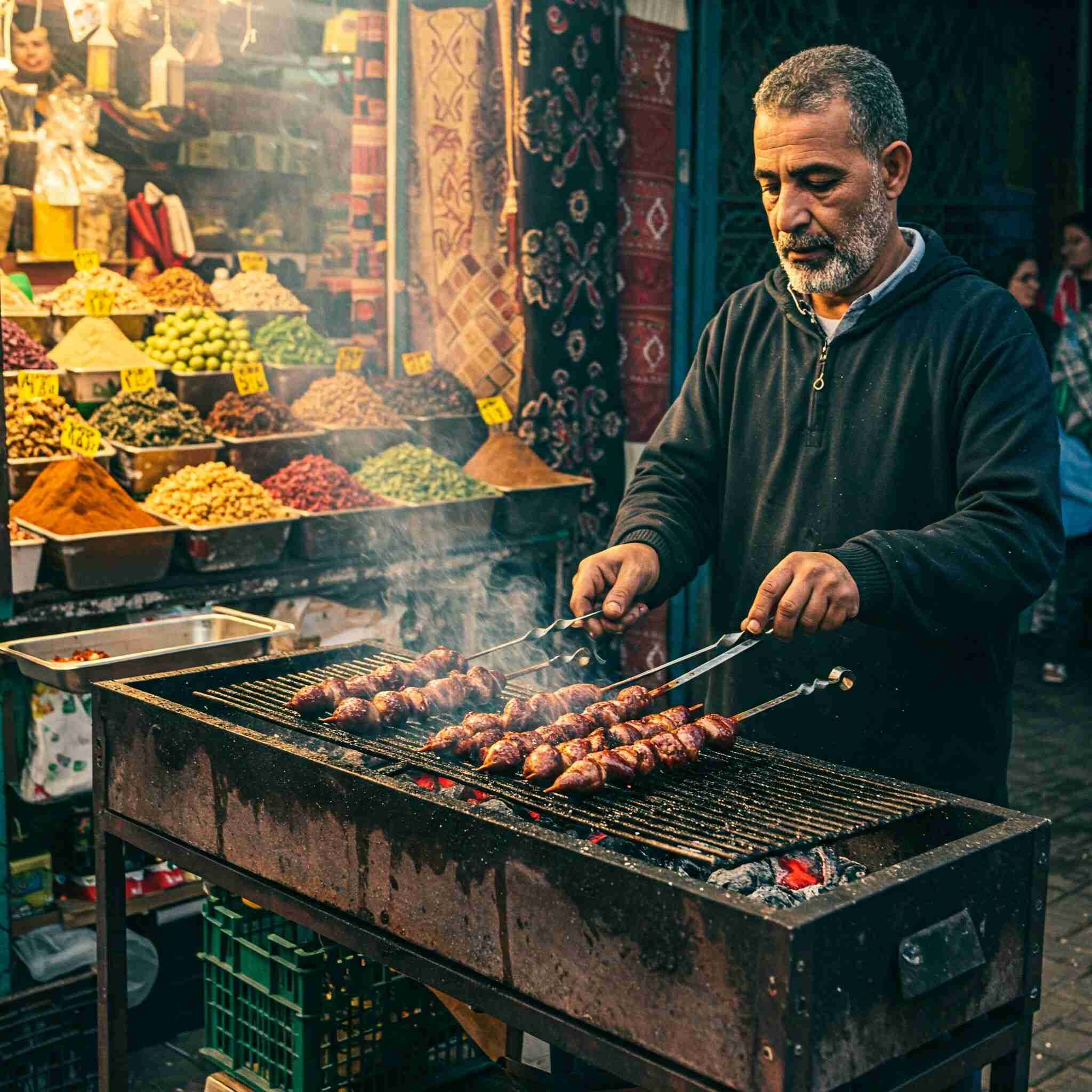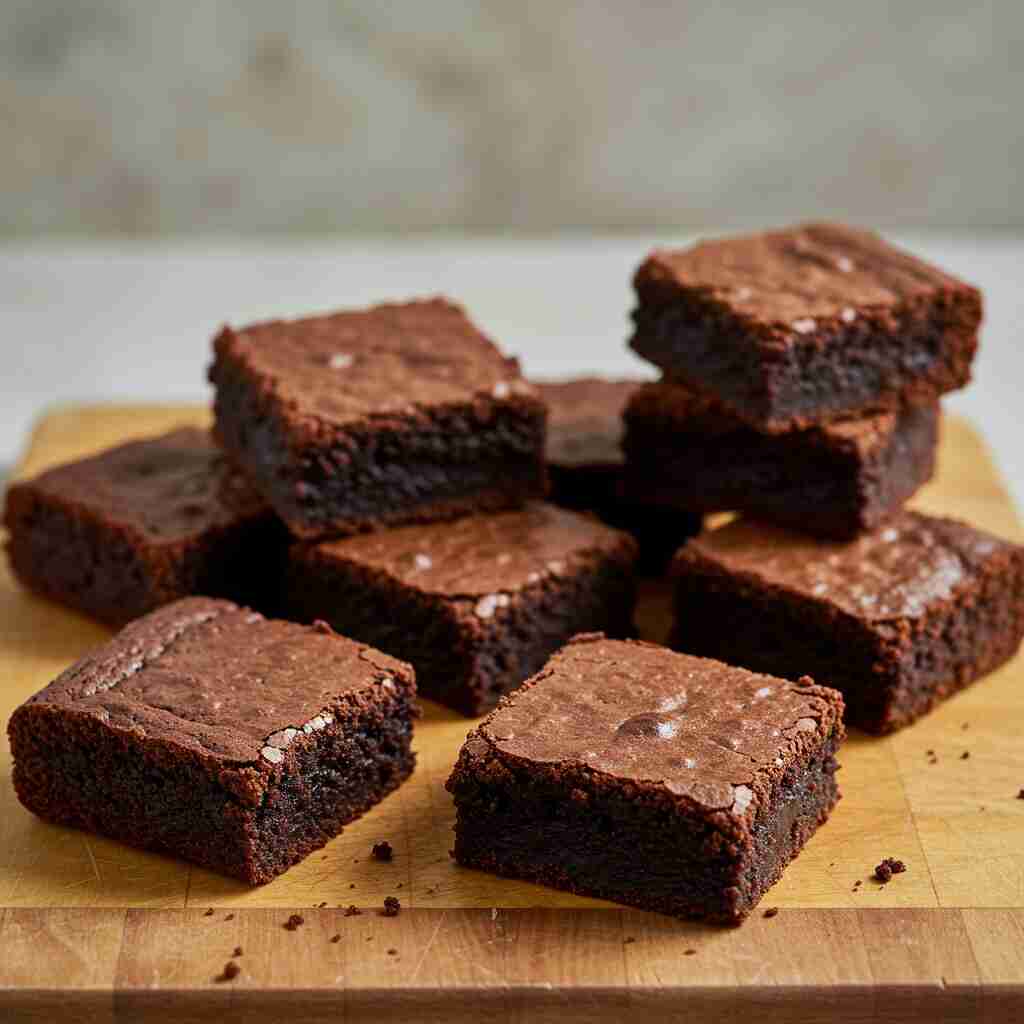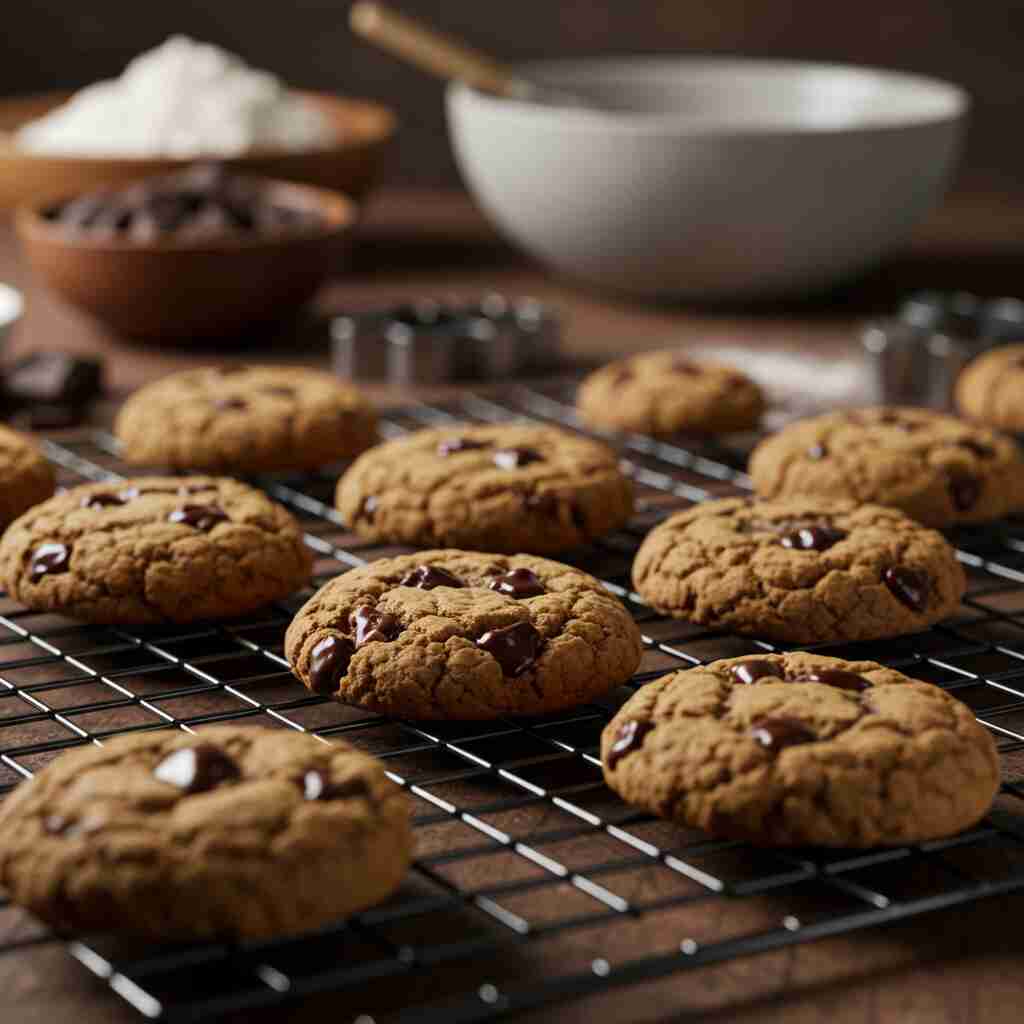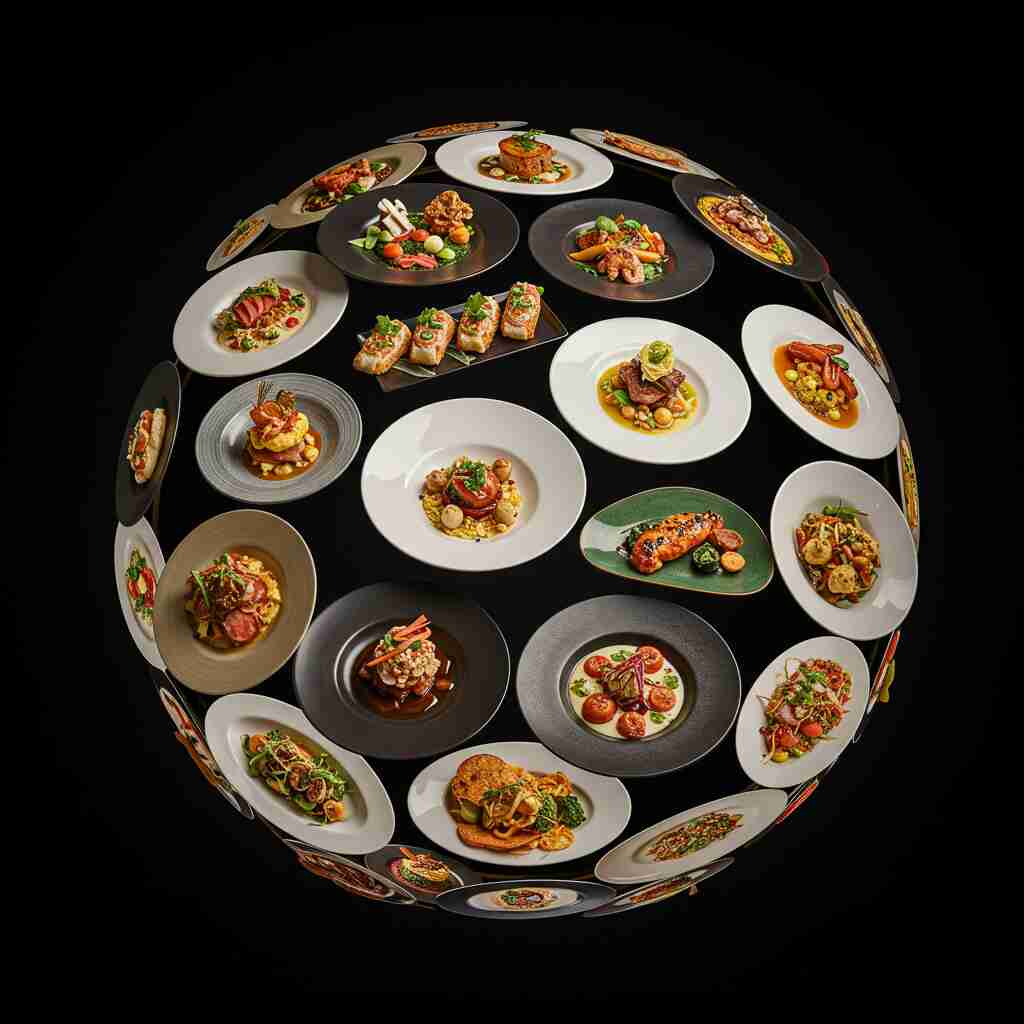Everyday life is fundamentally dependent on food safety. Various factors can impact the safety of food, from its cultivation to its arrival on our tables. Bad food safety standards could have serious repercussions, including foodborne diseases that affect millions of people worldwide every year. Preventing these negative effects depends on knowing and using efficient food safety precautions.
Knowing Food Safety
Food Safety: Definition
Food safety involves managing, cooking, and storing food to prevent foodborne diseases. It guarantees that the food we eat is safe, nutritious, and free of dangerous pollutants by including all phases of the food supply chain.
Fundamental food safety concepts
Several fundamental concepts guide methods of food safety.
- Maintaining cleanliness in areas used in food preparation.
- Separation: To prevent cross-contamination, keep raw and cooked foods separate.
- Cooking: Make sure food reaches the correct temperature to help destroy harmful microorganisms.
- Chilling: Appropriately refrigerating food at the correct temperature will help to slow down bacterial development.
HACCP’s role in food safety
Hazard Analysis and Critical Control Points (HACCP) is a methodical process for identifying and managing risks likely to affect food safety. It is very common in the food sector to guarantee efficient management of any hazards.
Legal Conventions Regarding Food Safety
Legal systems abound in many nations to control food safety. These rules prescribe certain behaviors meant to avoid contamination and guarantee food items’ safety for consumption.
Typical Reasons for Unsafe Food Conditions

Contamination During Food Preparation
Whether via unclean surfaces, unwashed hands, or contact with raw foods, contamination may arise at every level of food preparation. This may introduce harmful germs into the food and cause disease.
Incorrect storage methods
Ignorance of proper food storage could lead to infection and spoilage. For instance, letting perishable goods sit at room temperature for too long could encourage bacterial development, rendering the product dangerous to consume.
Inadequate personal cleanliness
Food workers who neglect proper hygiene—that is, who fail to routinely wash their hands—may spread germs and viruses to food. These are among the most common causes of foodborne illness.
Contamination by cross-roads
Cross-contamination occurs when bacteria or other germs transfer from one food or surface to another. This often results from storing raw and cooked dishs together or from using the same utensils for many kinds of food without properly cleaning them.
Best Practices for Avoiding Inappropriate Food Safety Concerns

Make sure proper food handling.
Good food handling is the first line of defense against foodborne diseases.
Hand washing techniques
Good hand washing is one of the easiest but most powerful strategies to avoid foodborne disease. Clean your hands thoroughly with soap and water before handling food, after handling raw meat, and after using the bathroom.
Safe Cooking Temperatures
Killing dangerous germs depends on cooking food at the proper temperature. For instance, you should cook ground beef to 160°F (71°C) and poultry to an internal temperature of 165°F (74°C).
Adopting effective storage techniques
Proper food storage helps to prevent rotting and infection.
Organization of Refrigerators
Organizing your refrigerator not only maximizes space but also reduces cross-contamination risk. Store ready-made goods on the upper shelves and raw meat on the lowest level to avoid spilling onto other foods.
Date Management for Expiration
Regular monitoring and management of expiry dates make sures the safety of food consumption. Throw away expired goods right away to minimize any chance of contamination.
Maintaining Personal Sanity in Cooking
Good cleanliness is critical to stopping the transmission of viruses and germs in food.
Value of Gloves and Hairnets
Particularly with ready-to-eat dishs, using gloves and hairnets will greatly lower your chance of contamination. These safeguards stop food from getting into contact with hair, perspiration, and bacteria.
Food handlers undergo frequent medical examinations.
Regular health examinations help food workers make sure that they do not have any infectious disorders that can contaminate food.
Training and Education played a part.
Food Safety Protocols: Training Staff
Constant training make sures that every person handling food is up to date with the most recent food safety standards. This includes knowing the need for cooking methods, correct food storage, and cleanliness.
Ongoing education on new food safety guidelines
As new studies come out, food safety criteria change. Frequent updates to training resources and continuous instruction help to keep food safety measures current.
Frequent inspections are valuable.
Running internal reviews
Internal audits let companies evaluate their food safety procedures and point out areas that may need development. Frequent audits guarantee conformity with laws and help maintain high standards.
Getting ready for external health inspections
Food companies rely on outside health inspections to maintain legal compliance. Maintaining excellent practices prepares one for these inspections and helps to avoid penalties and infractions.
Using Technology to Address Food Safety

Temperature Monitoring Devices: Their Function
Temperature monitoring systems are essential instruments for ensuring the proper temperature of food. These devices allow for quick remedial action by alerting personnel when temperatures exceed acceptable limits.
Inventory Management Systems: Preventing Waste
By tracking food item shelf life, inventory management systems help to lower waste and stop the use of outdated goods. This make sures food safety and supports cost control.
In Conclusion
Stopping inadequate food safety calls for group efforts, including awareness-raising, appropriate training, and the use of optimal standards. Understanding the major causes of foodborne diseases and implementing preventative actions will help us guarantee that the food we eat is safe and nutritious. To avoid the terrible effects of foodborne infections, consistency in following food safety standards is most important.
Safe Chicken Salad Recipe
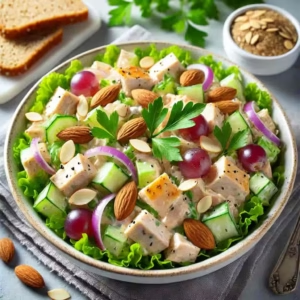
Ingredients
- Two boneless skinless chicken breasts
- 1/2 teaspoon salt
- 1/4 teaspoon black pepper
- 1 tablespoon of olive oil
- 1/2 cup mayonnaise or Greek yogurt for a healthier option
- 1 tablespoon Dijon mustard
- 1 teaspoon of lemon juice
- 1/2 cup celery finely chopped
- 1/4 cup red onion finely chopped
- 1/4 cup parsley finely chopped
- 1/2 cup grapes halved (optional)
- 1/4 cup sliced almonds optional
- Lettuce leaves for serving
- Serve whole grain bread or crackers.
Instructions
- Step 1: Prepare the chicken
- Clean Your Hands and Surfaces: Before you start, wash your hands thoroughly with soap and water. Make sure all surfaces, cutting boards, and utensils are clean to prevent cross-contamination.
- Cook the chicken: Season the chicken breasts with salt and pepper. Heat olive oil in a large skillet over medium heat. Add the chicken breasts and cook for about 6-7 minutes per side, or until the internal temperature reaches 165°F (74°C). Check the temperature with a meat thermometer to confirm the chicken's complete cooking.
- Cool the chicken: Once cooked, remove the chicken from the skillet and let it cool completely. Cooling the chicken helps prevent bacterial growth. Once cooled, chop the chicken into bite-sized pieces.
- Step 2: Prepare the salad base.
- Mix the Dressing: In a large bowl, combine mayonnaise (or Greek yogurt), Dijon mustard, and lemon juice. Stir until well blended.
- Add the Vegetables: Add the chopped celery, red onion, and parsley to the dressing. Mix until all the ingredients are evenly coated.
- Add the cooled, chopped chicken to the bowl and stir until everything is well combined. If you're using grapes and sliced almonds, gently fold them in at this stage.
- Step 3: Assembly and Serving
- Check for seasoning: Taste the chicken salad and adjust the seasoning with more salt, pepper, or lemon juice if necessary.
- Serve Safely: Place the chicken salad on a bed of fresh lettuce leaves and enjoy it with whole grain bread or crackers. Be sure to refrigerate any leftovers promptly and consume them within 2–3 days to ensure food safety.
- Food safety tips
- Handwashing: Before and after handling raw chicken, always wash your hands.
- Separate Raw and Cooked Foods: Use separate cutting boards and utensils for raw chicken and other ingredients to prevent cross-contamination.
- Temperature Control: Before combining the chicken with other ingredients, make sure it has reached the right internal temperature and cooled properly.
- Storage: Store any leftovers in an airtight container in the refrigerator. Never leave chicken salad at room temperature for more than 2 hours.
